Parc de l'histoire Seosomun (서소문역사공원)
12.3Km 2023-09-14
5, Chilpae-ro, Jung-gu, Seoul
+82-2-3396-5852
La zone de la porte Seosomun était auparavant un site de persécution durant le 19ème siècle qui a été transformé en parc. De nombreux catholique furent persécutés sur place faisant de ce site un site sacré pour les catholiques en Corée.
La porte Seosomun constitue un passage vers le marché Chilpae près de la porte Namdaemun.
Le 15 mai 1999 une tour commémorative fut inauguré au centre du parc pour commémorer les martyrs. En 2013, le district Jung-gu a également inauguré le Musée d'Histoire Seosumun.
Mugunghwa - Lotte Hotel Seoul (무궁화 롯데호텔서울)
12.3Km 2021-03-19
30, Eulji-ro, Jung-gu, Seoul
+82-2-317-7061
This Korean cuisine is located near Euljiro 1(il)ga Station, Seoul. The representative menu is Korean table d'hote. A restaurant serving Korean course meal menu recognized by MICHELIN.
La Seine - Lotte Hotel Seoul(라세느 롯데호텔서울)
12.3Km 2021-04-15
30, Eulji-ro, Jung-gu, Seoul
+82-2-317-7171
This buffet is located near Euljiro 1(il)ga Station, Seoul. The representative menu is buffet. It is located at a well-known hotel in Korea.
Mojji Cream (모찌크림)
12.3Km 2021-03-26
30, Eulji-ro, Jung-gu, Seoul
+82-2-772-3997
It is a Japanese-style dessert shop. This cafe is located in Jung-gu, Seoul. The representative menu is espresso.
Jinhyang Jokbal (진향족발)
12.3Km 2021-03-19
231-1, Jong-ro, Jongno-gu, Seoul
+82-2-745-5533
A pig's trotter(s) specialty restaurant located near Jongno 5(o)ga Station in Seoul. One of the top 5 jokbal (pig's trotter) restaurants in Seoul. This restaurant's signature menu is braised pigs' feet.
Jaembaeok (잼배옥)
12.3Km 2021-03-30
68-9, Sejong-daero 9-gil, Jung-gu, Seoul
+82-2-755-8106
It has over 80 years of tradition. This Korean dishes restaurant is located in Jung-gu, Seoul. The representative menu is ox bone soup.
Pierre Gagnaire à Seoul (피에르 가니에르)
12.4Km 2019-12-24
30, Eulji-ro, Jung-gu, Seoul
+82-2-317-7181
Internationally renowned as a Michelin three-star chef, Pierre Gagnaire opened his Seoul restaurant, Pierre Gagnaire à Seoul, on October 1, 2008. This is his fourth restaurant following those restaurants in Paris, Tokyo, and Hong Kong. In fact, he was once ranked first among the 100 top chefs in the world. It offers French cuisine featuring innovative and diverse preparation methods with an added artistic touch.
Momoyama (모모야마)
12.4Km 2019-12-17
30, Eulji-ro, Jung-gu, Seoul
+82-2-317-7031
Momoyama is a Japanese restaurant that serves high quality sushi and kaiseki (tasting menu of small, intricate dishes). In addition, the restaurant features a collection of 80 different types of sake along with a sake somelier. The restaurant is also equipped with several private rooms of varying sizes.
BenareS (베나레스)
12.4Km 2021-03-29
79, Digital-ro 32-gil, Guro-gu, Seoul
+82-2-863-9982
Unlimited curry is provided when one menu is ordered per person. The best menu at this restaurant is Curry. This Indian (cuisine) restaurant is located in Guro-gu, Seoul.
Bultaneun Gopchang (불타는곱창)
12.4Km 2021-07-20
8, Jong-ro 35-gil, Jongno-gu, Seoul
+82-2-3672-4885
This Korean cuisine is located near Jongno 5(o)ga Station, Seoul. The representative menu is assorted pork intestines/assorted beef intestines. A restaurant specializing in Korean-style grilled intestines.
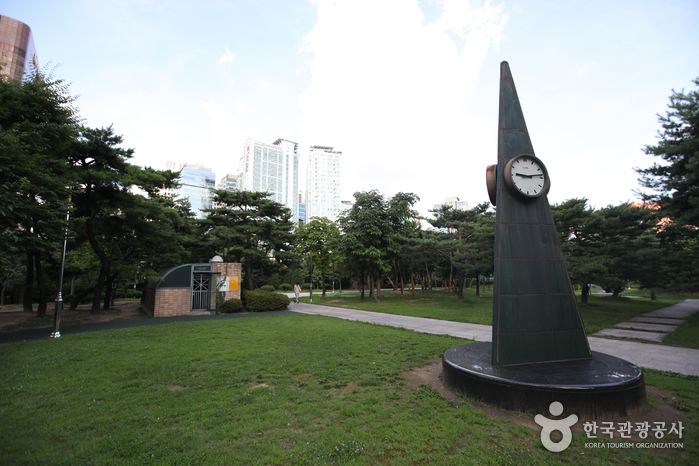
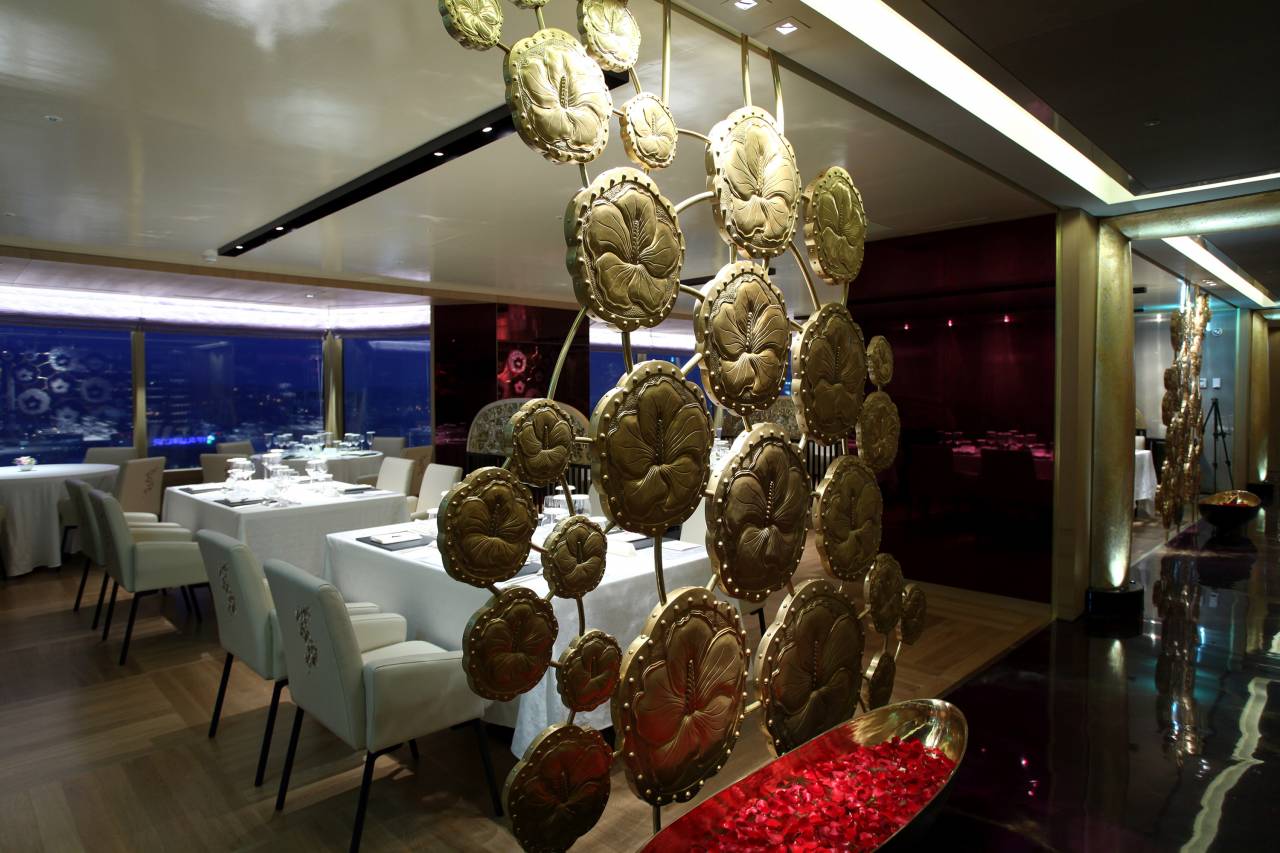
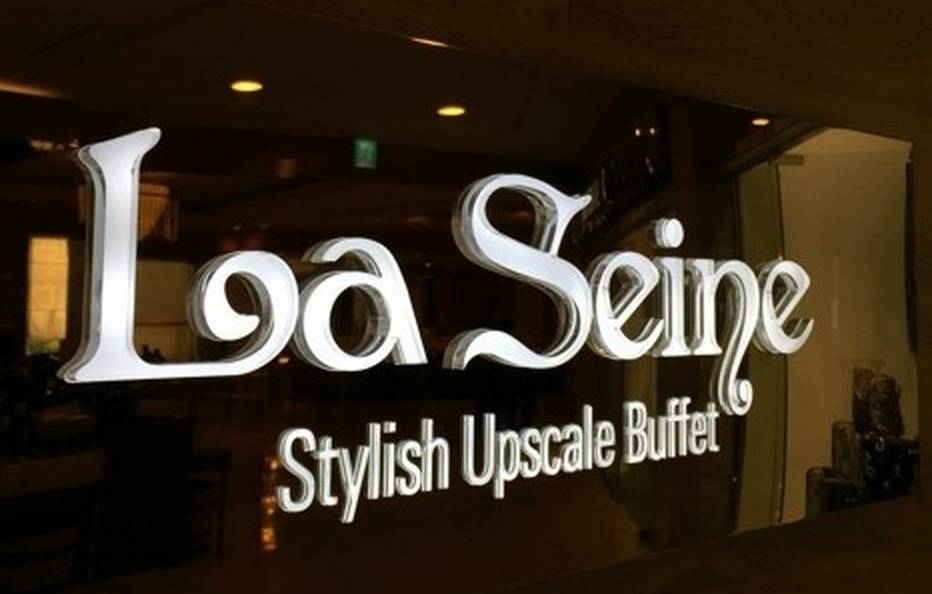
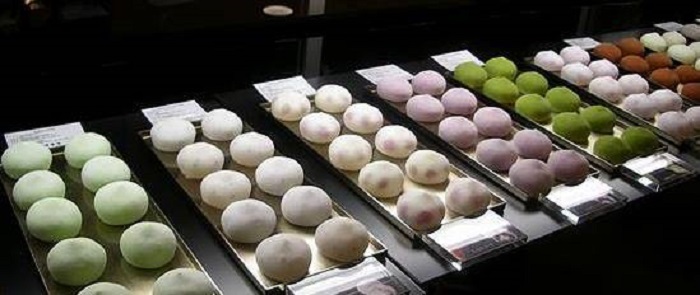
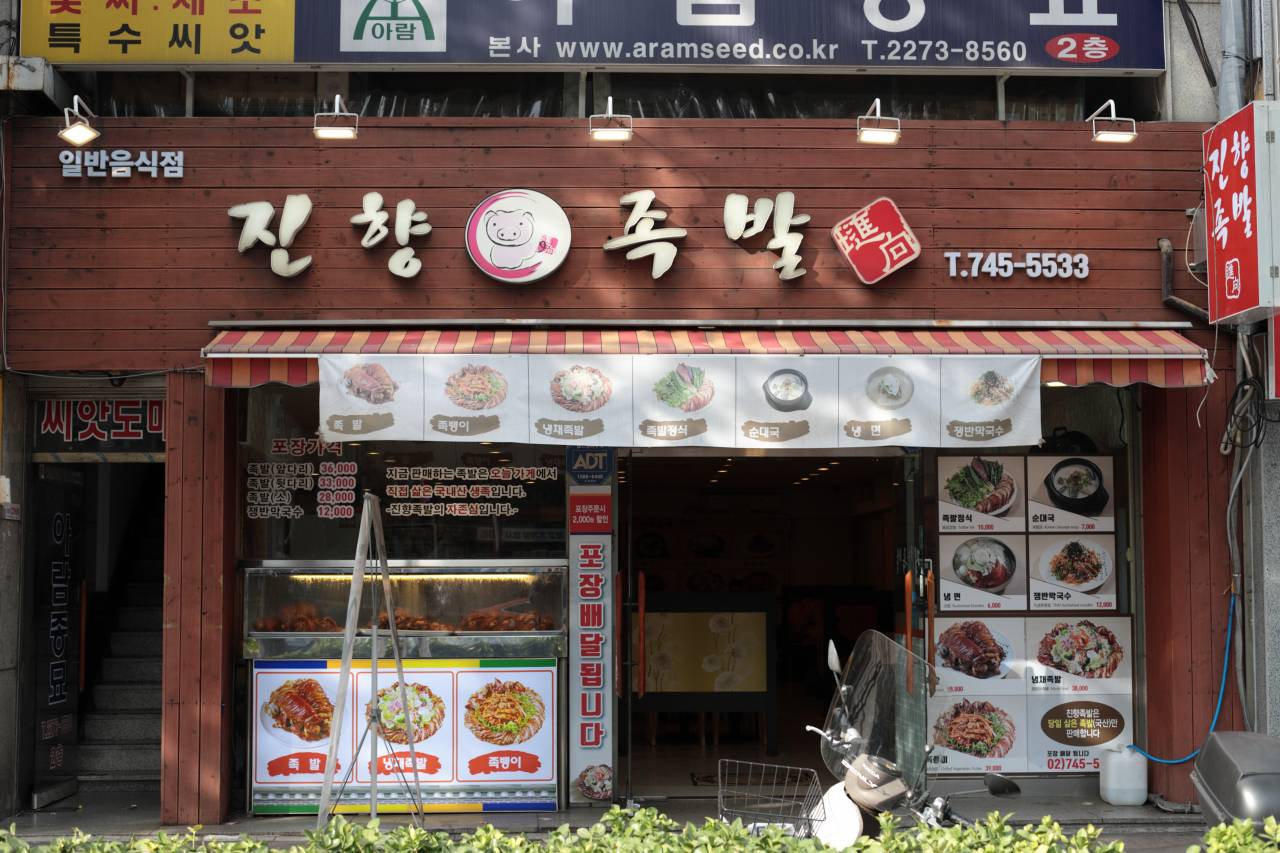
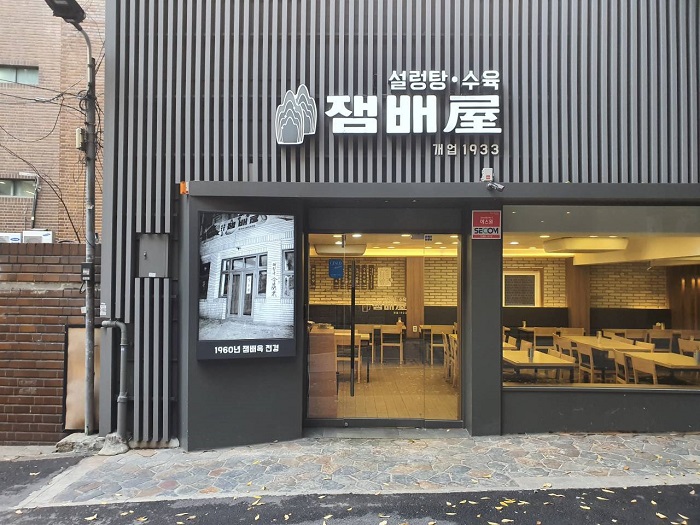

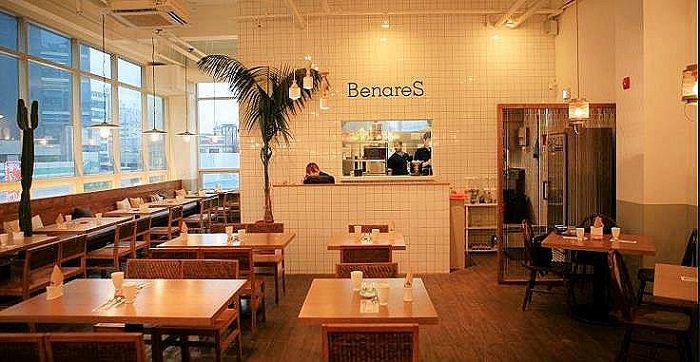
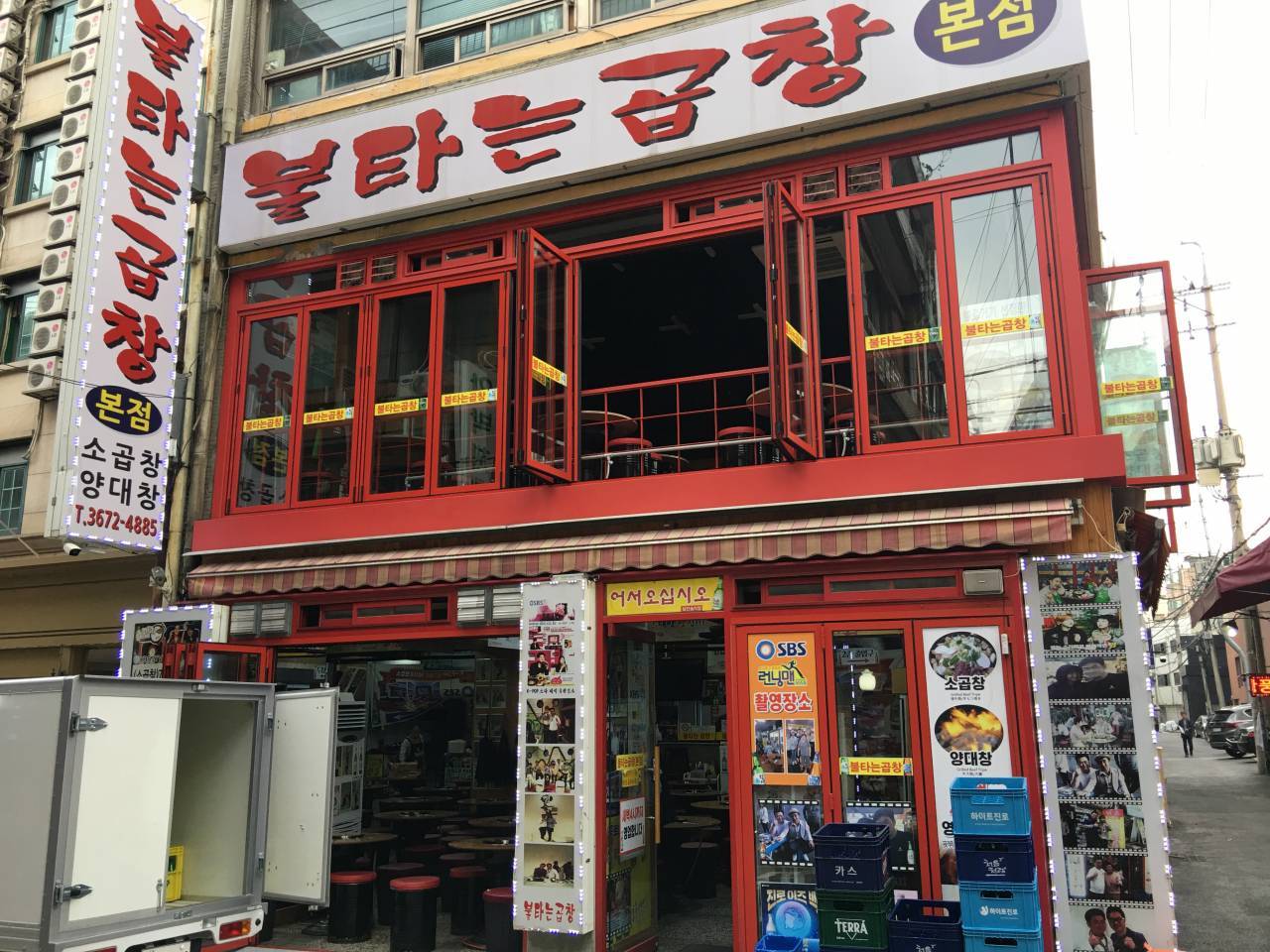
 Français
Français
 한국어
한국어 English
English 日本語
日本語 中文(简体)
中文(简体) Deutsch
Deutsch Español
Español Русский
Русский